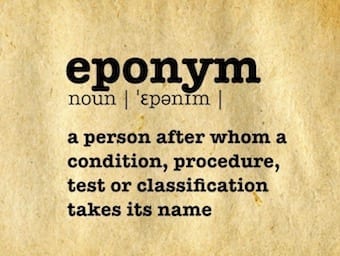
Woldemar Mobitz
Woldemar Mobitz (1889-1951) was a Russian-German physician. Applied mathematical approach to arrhythmias 1924 Mobitz Type I and II AV Block

Woldemar Mobitz (1889-1951) was a Russian-German physician. Applied mathematical approach to arrhythmias 1924 Mobitz Type I and II AV Block
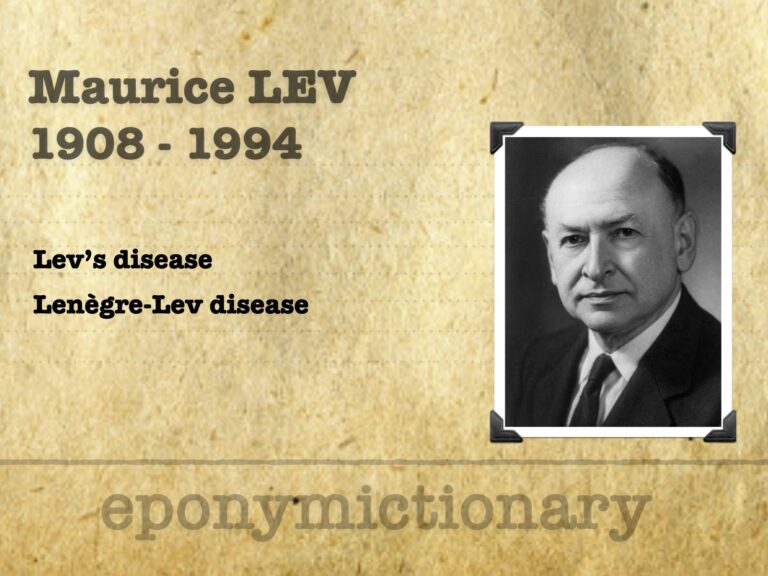
Maurice Lev (1908–1994), pathologist and teacher, defined Lev’s disease and advanced cardiac conduction and congenital heart pathology through over 500 publications

Alfred Lewis Galabin (1843-1913) English obstetric physician. Using an apexcardiogram he was documented atrioventricular (AV) block in humans.
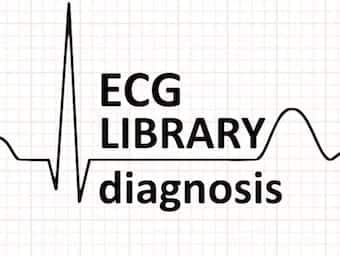
Defined as PR interval > 200ms, commonly caused by AV nodal blocking drugs
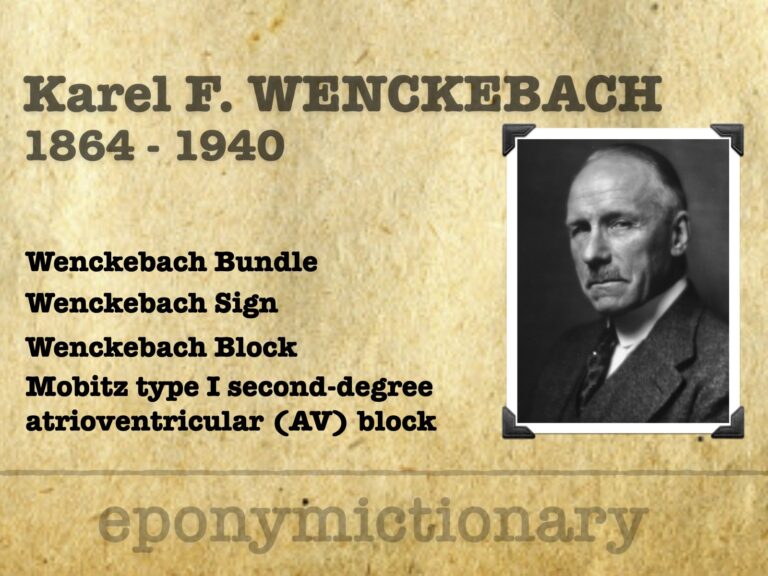
Karel Frederik Wenckebach (1864-1940) Dutch physician. Eponymously affiliated with Wenckebach block (Mobitz type I AV block).

Luigi Luciani (1840 – 1919) was an Italian neuroscientist. discovery referring to the phenomena as ‘Luciani periods‘ (Wenckebach AV block)

A review of the ECG characteristics of "fixed ratio blocks", i.e. second degree AV block with 2:1 or 3:1 conduction ratios.

Second degree heart block (2nd degree AV block) with a P:QRS ratio of 3:1 or higher, producing an extremely slow ventricular rate.

A review of the ECG features of Mobitz II 2nd degree AV block - Originally termed Hay block (1906) by Mobitz in 1924. ECG Library LITFL

A review of the basic ECG features, causes and pathophysiology of Mobitz I AV Block (Wenckebach Phenomenon) with some example ECGs.
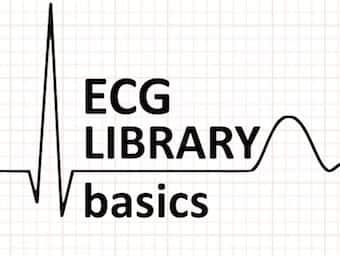
Assessment / interpretation of the EKG PR interval. ECG PR interval is the time from the onset of the P wave to the start of the QRS complex.
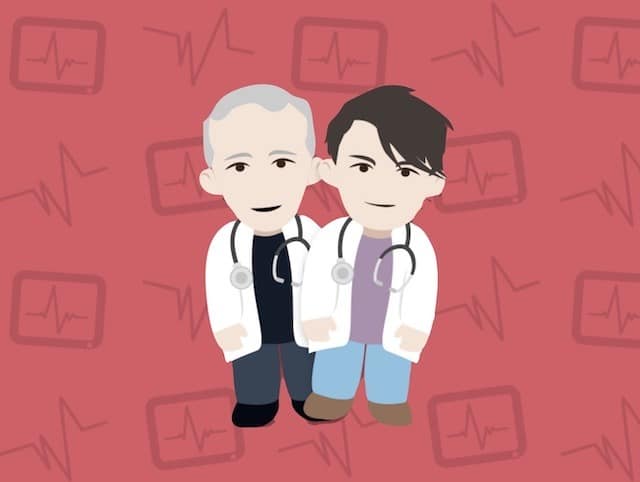
Medmastery are providing LITFL readers with a series of FOAMed courses from across their website. In this video, we look at high degree AV blocks on the ECG; the types of blocks and their clinical implications